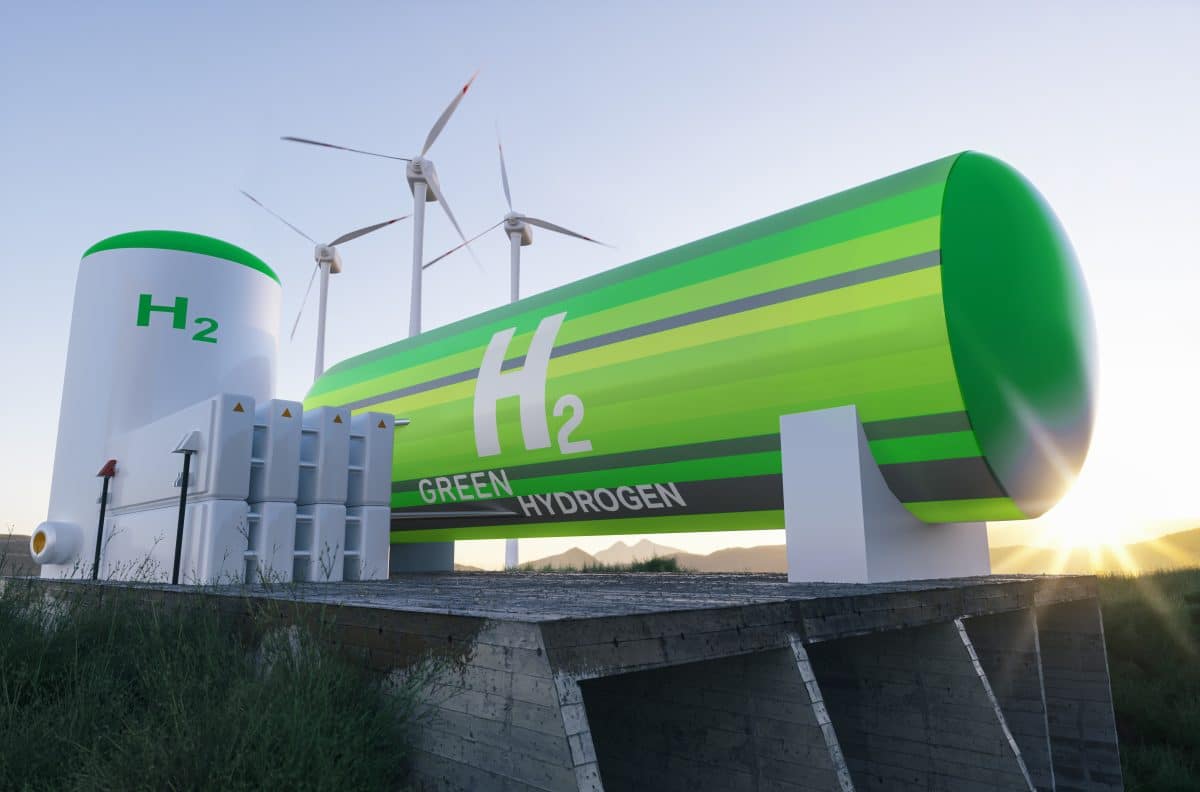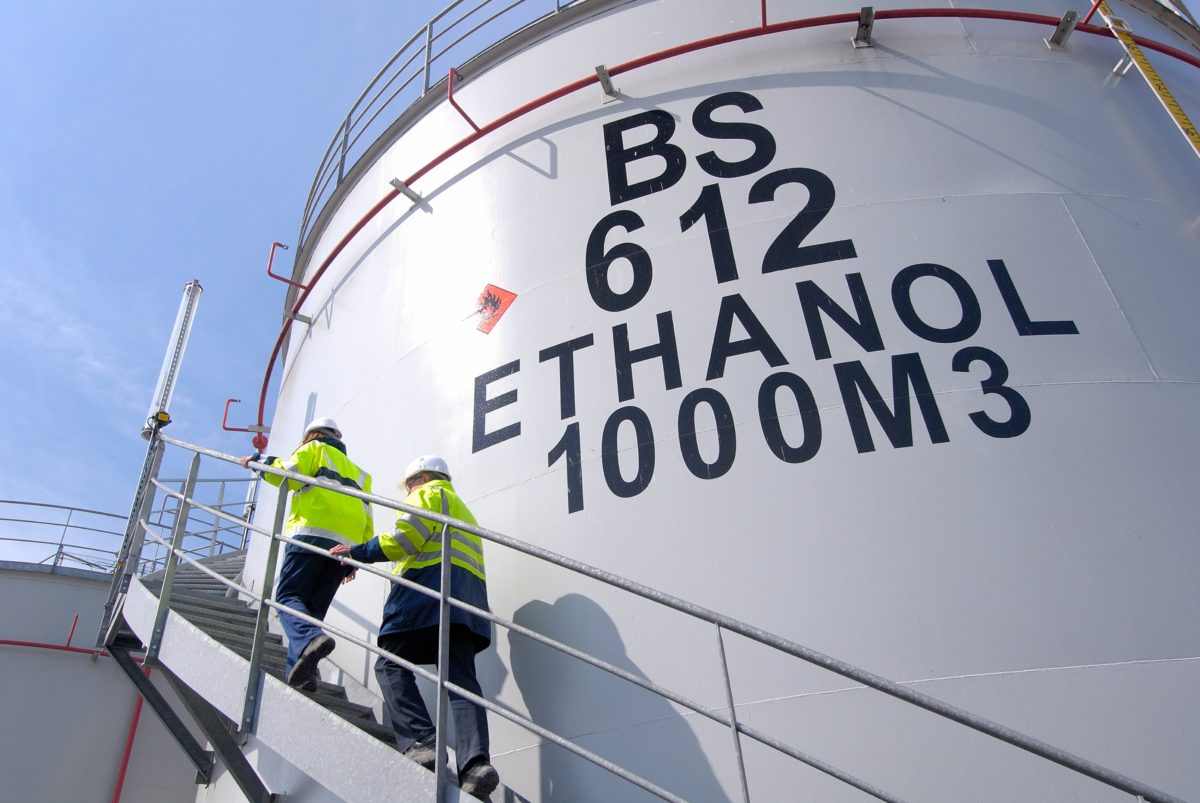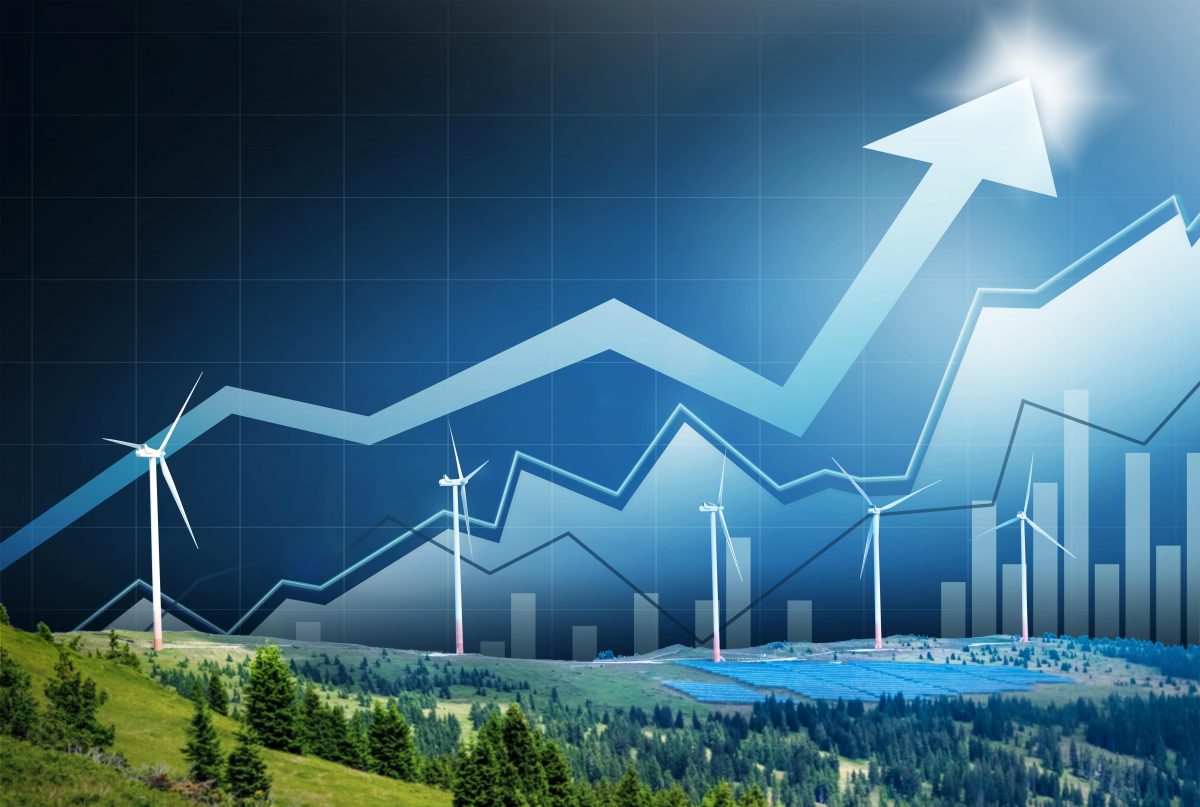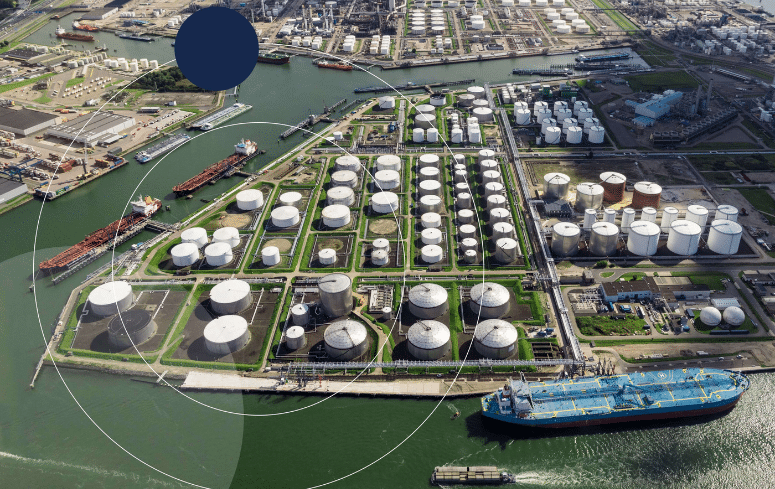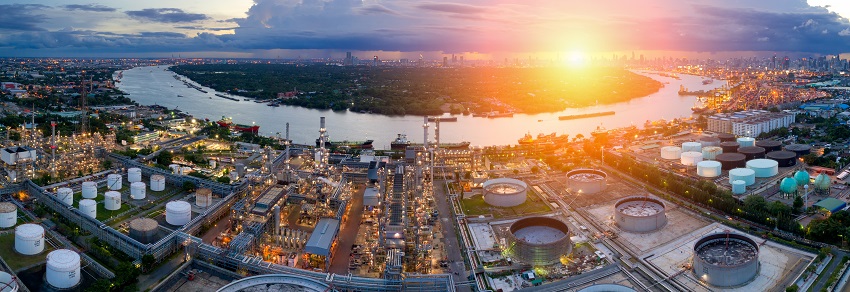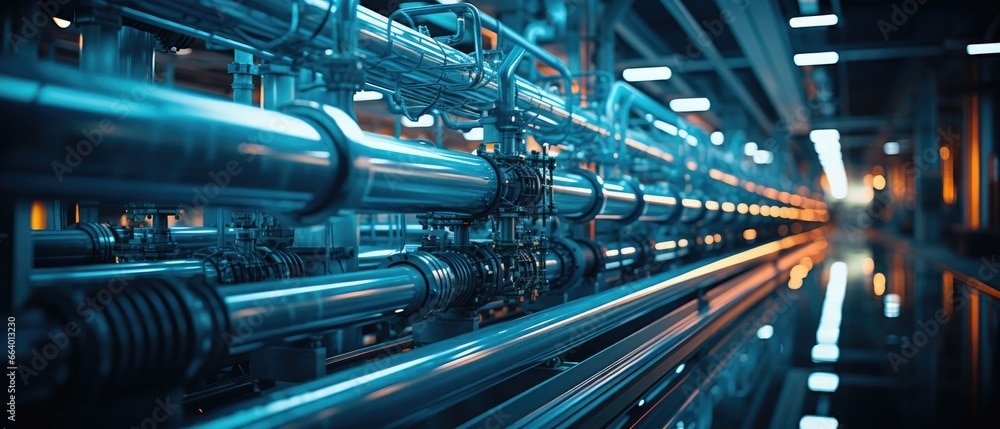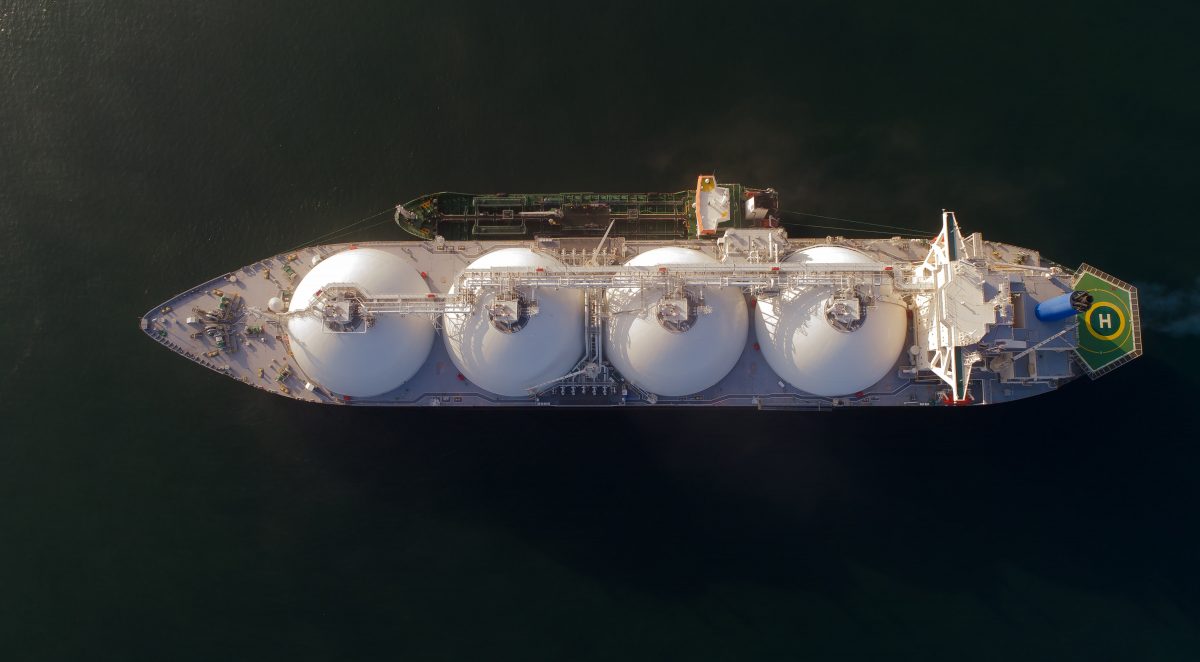Energy planners in Beijing have found a winning approach, but the strength of China’s coal sector threatens to undo progress on emissions
News broke last month over the possible sale of Sinochem’s assets in a US shale oil play in the Permian Basin of Texas. The company holds a 40 per cent stake in the prolific Wolfcamp shale venture with US supermajor ExxonMobil.
While no reason was given for the possible divestiture, Reuters reported that the Beijing-based energy company has struggled with its oil production business in the past few years and wants to shift its focus to other sectors. The sale could fetch some US$2 billion for Sinochem. The company initially acquired the stake in 2013 from Pioneer Resources for US$1.7 billion as part of a strategic expansion into international oil and gas assets.
The Permian Basin in west Texas is one of the top oil-producing regions in the United States. It’s also one of the main reasons the US has become the world’s top oil producer, bypassing both Russia and Saudi Arabia, with production averaging almost 13 million barrels per day (bpd) last year.
The Sinochem development typifies a turning point in China’s energy sector. Simply put, China won’t need as much crude oil as before going forward, making overseas oil deals less crucial for its energy security. China’s oil demand is forecast to continue to taper off because of its massive renewables development along with domestic oil production, less petrol needed for its transport sector and prolonged economic contraction.
China’s purchasing managers’ index reached a six-month low in August. That month, China also reported its first decline in new export orders in eight months while a survey indicated new home prices grew at the slowest rate this year.
Meanwhile, last week UBS Investment Bank lowered its forecasts for China’s GDP growth to 4.6 per cent this year and 4 per cent next year because of a “deeper-than-expected property downturn” and its effects on household consumption. The downward spiral could worsen since China is trying to support the economy with stimulus measures, but it hasn’t been enough to stabilise its property sector.
Meanwhile, China imported 2.4 per cent less oil in the first seven months of 2024 compared to the same period a year earlier. While that might seem like a marginal amount, its impact on global oil prices this year has been immense. London-traded Brent crude futures, a global oil benchmark, dropped nearly 5 per cent to close below US$74 per barrel on Tuesday, its lowest price point since December.
Weaker economic data coming out of China and low refining margins in the US and Europe have kept pressure on oil prices. China’s lower oil demand has also forced the Organisation of the Petroleum Exporting Countries (Opec) to downgrade its global oil demand forecast for the first time this year. Lower global oil demand growth is also forecast for 2025.
While an improvement in economic conditions in China could stoke more oil demand, a shift in its transport sector will ensure its oil demand growth remains under pressure. Electric vehicles (EV) continue to make inroads. More than half of new car sales in China are now EVs or hybrid vehicles, while revenue in China’s EV market is projected to reach US$376.4 billion this year.
The share of overall EVs on China’s roads has reached 11.5 per cent of total vehicles, up from 7.7 per cent last year. Reports indicate this will cut petrol demand by around 4 per cent, some 150,000 bpd.
Liquefied natural gas (LNG) usage for China’s trucking sector is also reducing the country’s diesel demand, hence its overall oil demand. LNG usage for trucks and commercial vehicles helped slash 220,000 bpd of diesel last year.
Going forward, a decrease in China’s oil imports bodes well for its energy security and hence its overall national security. The country is also taking other steps to reduce its oil import burden, diversify its energy sector and jump-start its economy.
In August, China accelerated its nuclear power expansion with the approval of five new projects at an estimated cost of some 200 billion yuan (US$28 billion). Approval for the new projects are in the coastal provinces of Shandong, Zhejiang, Jiangsu and Guangdong, along with the Guangxi Zhuang autonomous region. China has 55 operating nuclear reactors with a total net capacity of 53.2 gigawatts as of April.
China is also ramping up its natural gas exploration and production, particularly in the South China Sea. All of these developments indicate that energy planners in Beijing have finally found the right playbook for the country’s energy sector after receiving criticism, often from abroad, for many years.
However, adjustments still need to be made. China’s solar and wind power capacity, along with its transition to more LNG-powered trucks and EVs to help lower its overall oil demand and reduce carbon dioxide emissions, will continue to be offset by the country’s coal sector. China remains the world’s largest coal producer and importer by far, and it accounts for more than half of the world’s coal-fired power capacity.
The only answer would be an unpopular one, but it still needs to be made – a moratorium on new domestic coal-fired power projects with a scheduled full phasing out of existing coal-fired power projects.
If these steps are not taken, China’s coal usage will threaten its ability to reach its goals of peak carbon dioxide emissions before 2030 and carbon neutrality by 2060. It could also jeopardise the international goal of limiting global warming as stipulated in the Paris climate agreement.
By: Tim Daiss, 15 Sep 2024.

